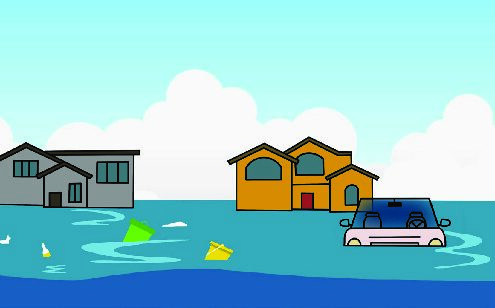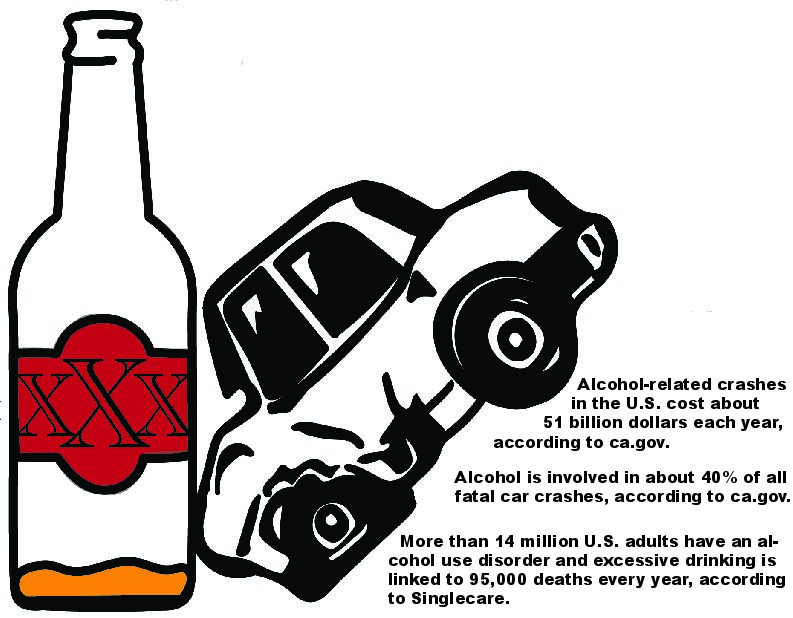
photo credit: Mia Harrington
As of late, California has been experiencing some strange weather patterns since the beginning of February, resulting in countless floods, mudslides and extreme storms; these conditions are very life threatening, and it is affecting the lives of many.
Historically, California is known for its problematic weather, a lot of times being wildfires due to the dry, Mediterranean climate. Atmospheric rivers play a big role in the state’s current crisis, and they’re forcing highways to close down and stranding vehicles. According to The Washington Post, big cities like Los Angeles, Sacramento and San Francisco have seen more than eight inches of rain alone, Los Angeles being the highest with 12.56 inches of rain in only this month.
“It’s [atmospheric rivers] a generally newer term that they are using, ‘they’ referring to meteorologists, but it’s mostly to describe the immense amount of water vapor that’s present in the atmosphere. So what tends to happen as to why it would be found more prevalently along the West Coast is because of its proximity to the Pacific Ocean,” AP Environmental Science Teacher Jessica Timmons said.
“The Pacific Ocean deals with this weather pattern right now called the El Niño, and we think it’s triggered by volcanic eruptions that occur in the Southern hemisphere because the volcanoes erupting obviously emits carbon dioxide but they also emit sulfur dioxide and water vapor, and those things are greenhouse gasses, so it increases warmth on our planet, which then increases evaporation rates.”
El Niño and La Niña are climate patterns that break normal patterns, according to the National Ocean Service, that not only affect California but also worldwide weather.
“And the Pacific is huge, so there is a lot of water that then evaporatesfromthePacific–andthenthewaytheearthrotates, the wind blows from the west to the east. That’s why weather patterns move across our country from the Westside to the Eastside because it has to do with how the earth is rotating and the Coriolis effect,” Timmons said.
When talking about the Earth’s climate, a common concern to some is global warming and how shifts in temperatures and weather have been becoming more long-term. It changes things like the ozone layer, sever storms, ocean rising and plenty other factors.
“When we talk about warming the planet, when we talk about some of these El Niño and La Niña and weather patterns that seem to be more common, that disrupts the natural order of the ocean currents, which then makes a change to the atmospheric movement of air,” Earth and Space Teacher Kevin Jamieson said. “As far as how that influences global warming, you see more frequent strange weather events like extreme droughts and extreme rainfalls because of that. It is not consistent because there is so much variability due to the increase in temperature in the climate.”
While California Gov. Gavin Newsom said these floods are life threatening, there are still counties that are doing all they can to support their water and irrigation recovery, according to ProAg.
Referring to global warming and how it’s negatively impacting California, deforestation, which is the act of clearing forests for more things like cities and agriculture, also makes serious changes on the state’s land and how it reacts to the current flooding and storms.
“More forest fires that also accelerate warming because of the carbon dioxide that is emitted from the burning of the trees coupled with evaporation rates, more precipitation, more flooding; it’s called a positive feedback loop,” Timmons said.
“It seems to be, as the planet continues to warm, we are going to see more extreme weather variability,” Jamieson said. “As far as what we can do, it’s very limited to change that, unless we talk about finding ways on how to capture greenhouse gasses and get them out of the atmosphere; that’s pretty much all we’re going to be able to do unless they start talking about solar shades which now scientists are trying to bring up the idea that we can reduce the amount of solar radiation.”


